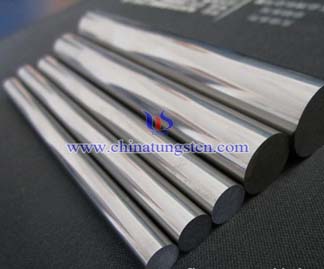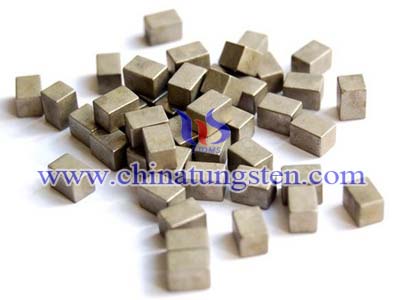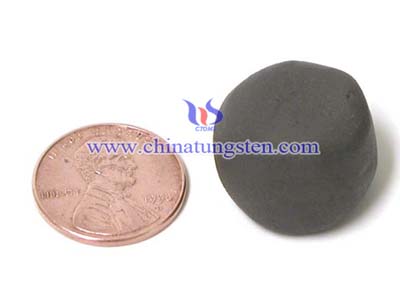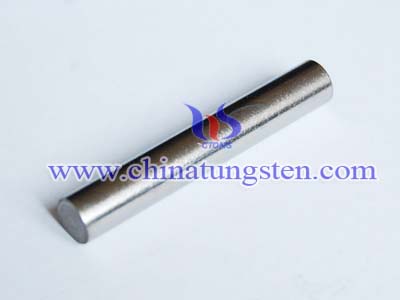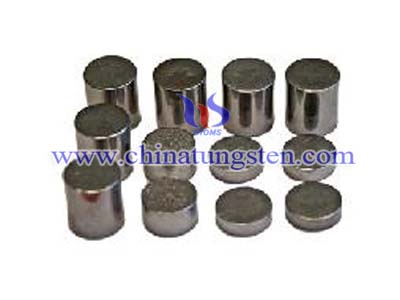Tungsten Alloy
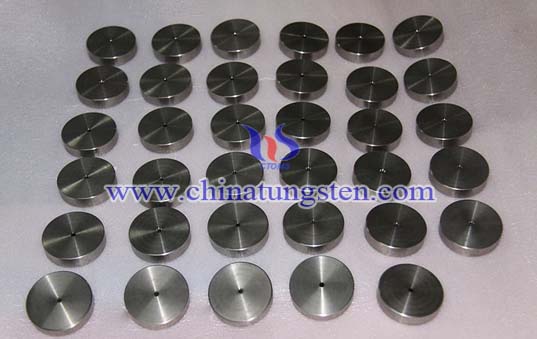
The three most popular tungsten alloy for consumer goods are tungsten-thorium, tungsten-molybdenum and tungsten-rhenium, which increases the efficiency of electron discharge tubes and improves creep strength to wire in high temperatures Tungsten heavy alloys contain about 90 to 98 percent tungsten are considered nearly pure tungsten and used for warheads, isotope containers, gyroscope components and weigh distribution adjustment for boats and racecars. Tungsten heavy alloys usually contain small amounts of cobalt, nickel, iron and copper,has improved some of these shortcomings and broadens tungsten's applications in different environments with different metals.
Tungsten alloy are generally safe materials to handle and use under common encountered conditions. Special precautions are also required in the situation where the material is present as a fine powder or where operations such as machining or grinding create dusts or soluble by products. Prevent the accumulation of dusts through good housekeeping practices and use cleanup methods such as wet mopping or vacuuming that avoid the generation of dusts. If dusts are generated, avoid inhalation and direct skin contact, use an appropriate NIOSH approved respirator, and wash hands thoroughly before eating. Do not shake clothing or other items to remove dust and do not ingest. Periodic medical examinations are recommended for individuals regularly exposed to dusts or mists.
Several tungsten alloy are produced by liquid-phase sintering of compacts of tungsten powder with binders of nickel-copper, iron-nickel, iron-copper, or nickel-cobalt-molybdenum combinations; tungsten usually comprises 85 to 95% of the alloy by weight. These alloys are often identified as heavy metals or machinable tungsten alloys. In compact forms, the alloys can be machined by turning, drilling, boring, milling, and shaping, they are not available in mill product forms because they are unable to be wrought at any temperature.

